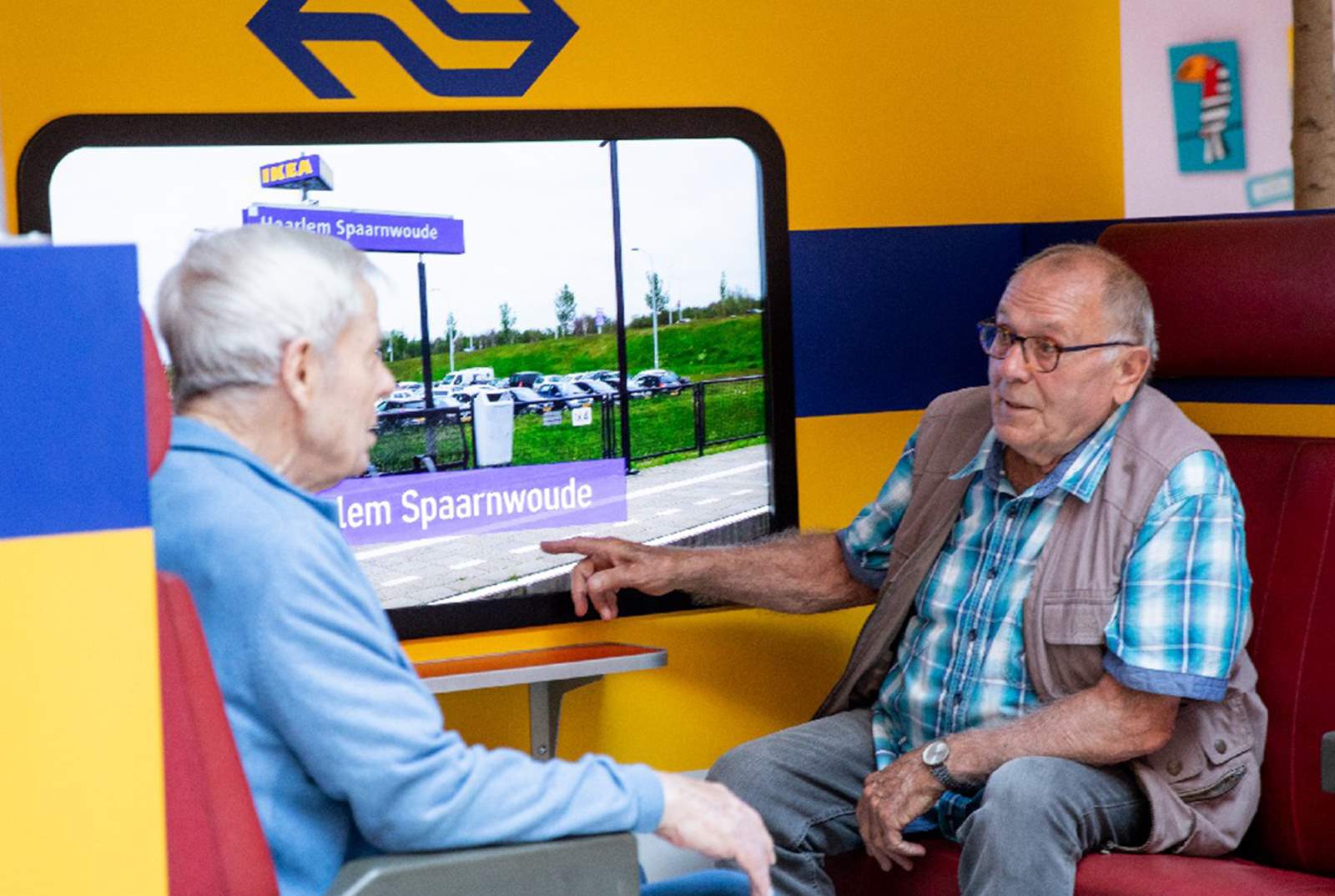Trends and developments

This chapter describes the demographic, economic, socio-cultural, ecological, technological and political developments that influence NS. For our response to these developments, see the chapter entitled Our strategy.
The COVID-19 pandemic and its effects on our passengers
The measures aimed at curbing the spread of the virus have a huge impact on the travel options and needs of our passengers. If the changes in passenger behaviour prove to be permanent, the long-term consequence for NS will be significant.
Need for clean and sustainable transport
Extreme rainfall and severe flooding in the Netherlands, other parts of Europe and China, heat waves in Canada and the US: these are just some of the examples of climate change we have seen in the past year. According to the 2021 IPCC report, the world is heading for an average rise in temperature of 1.5 °C even faster than expected. There is no shortage of ambitions to address the problem, witness the climate summit in Glasgow, the European Commission's ‘Fit for 55’ package and the Dutch Climate Agreement. Still, the implementation of the plans to reduce the speed of climate change is slow. One part of the solution is to promote existing forms of clean and sustainable transport, such as the train. The need for this has only grown in recent years.
Population growth and changing composition of the population
According to the Prosperity and Living Environment Foresight Study (Toekomstverkenning Welvaart en Leefomgeving, WLO) published by the PLB Netherlands Environmental Assessment Agency and the CPB Netherlands Bureau for Economic Policy Analysis, the Dutch population will see a 5% to 16% growth in the period until 2040. This means that anywhere between 18.5 and 20.3 million people will be living in the Netherlands by 2040. This growth will be accompanied by demographic changes. As the average life expectancy will continue to increase, the share of people over 75 will grow. While the working population is still increasing slightly, it will begin to fall after 2030. At the same time, we will see an increase in socio-economic inequality between the various population groups. These developments also have an impact on the level and composition of demand for mobility. Urban areas will see an increase in demand, and one of the possible effects of the ageing population is a higher share of social-recreational travel.
The growth of the population also poses challenges in terms of housing: we will need to build one million affordable new homes to meet housing demand by 2030. This is accompanied by a challenge in terms of mobility, to ensure that all these new homes are easily accessible. At the same time, we are facing a considerable management and maintenance challenge for our infrastructure. The locations of those new houses and the associated investments in the mobility system will be decisive for how demand for mobility will develop in the future.
The political agenda
In addition to housing construction and mobility needs, the energy transition and measures to make our industry and agriculture more sustainable are laying their own claims on the scarce space and investment capacity in the Netherlands. These issues are strongly interconnected. This is why the new government will have to take firm and integrated policy and investment decisions to address these challenges. Those decisions will also have a significant impact on NS and our environment.
Labour market shortages
Following a dip caused by the COVID-19 pandemic and other factors, the economy is picking up again. In 2021 there were more vacancies than job seekers in the Netherlands; indeed, we are experiencing the most severe shortage in the labour market since 2003. A study by CBS Statistics Netherlands has shown that all sectors of the economy are having difficulties finding staff, with shortages in all labour categories.
Technological developments are changing the mobility market
In 2021, the government and new players on the mobility market showed considerable interest in Mobility as a Service (MaaS) and the rise of shared transport. There is a strong connection between these two developments. The use of various forms of shared transport (such as e-bikes, bicycles, scooters, cars and perhaps, in future, steps) is being facilitated by the growing number of apps that enable users to search, book and pay for such means of transport all at once.
We are also witnessing a multitude of technological innovations in and around trains that have an impact on NS and our partners in the railway sector. Devices are becoming smarter (Internet of Things) and AI applications, such as virtual and augmented reality, are becoming ever more widespread. Digital twins, i.e. digital representations of an object or system you want to improve, increase both the speed and quality of decision-making. ERTMS and Automatic Train Operation (ATO) potentially create scope for more trains on the tracks, shorter travel times and higher levels of safety.